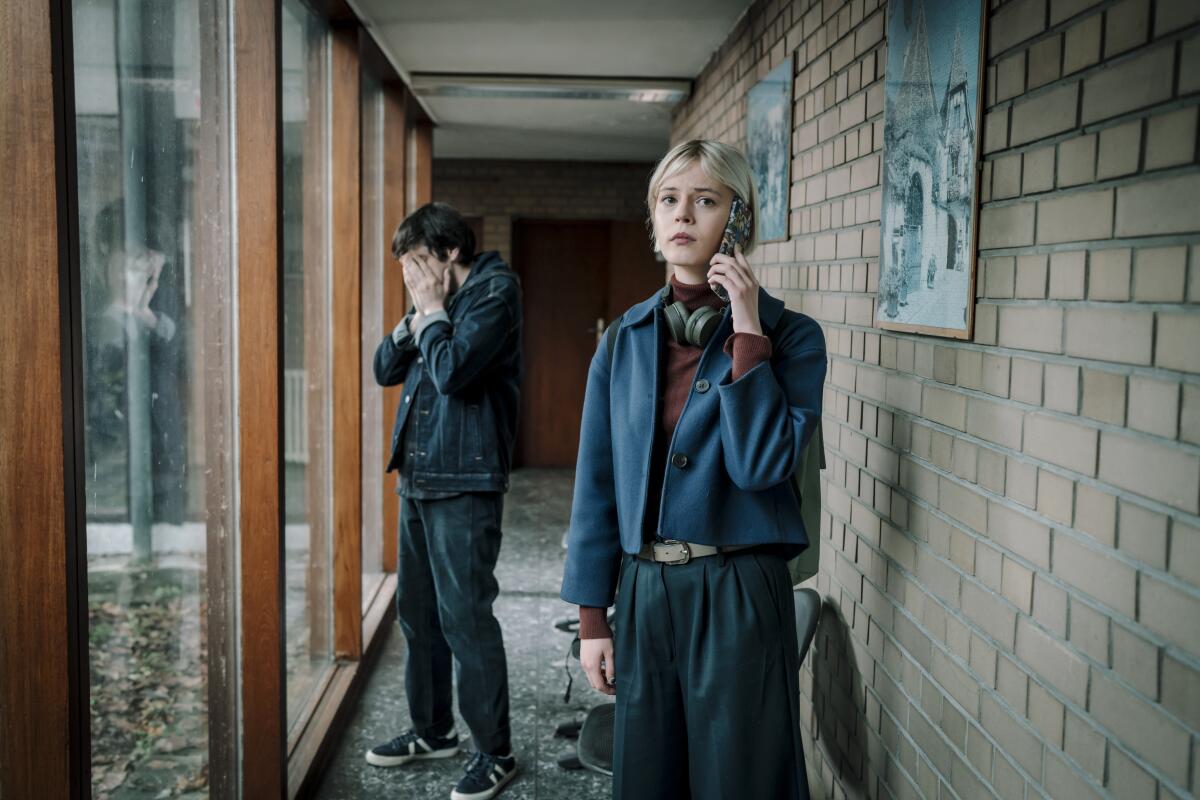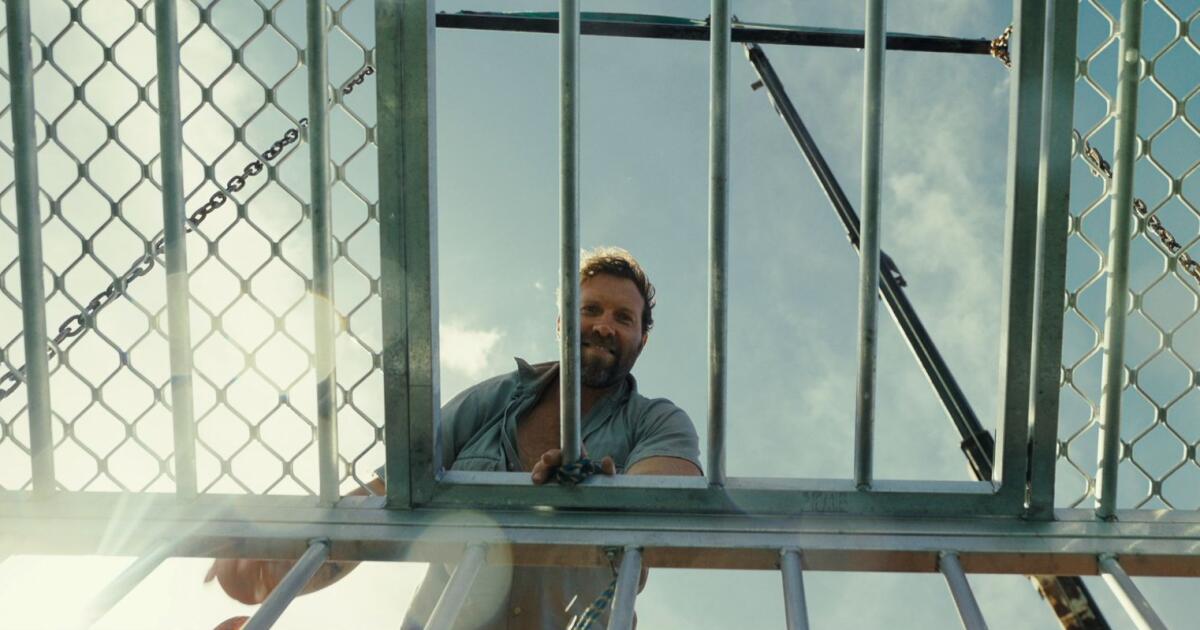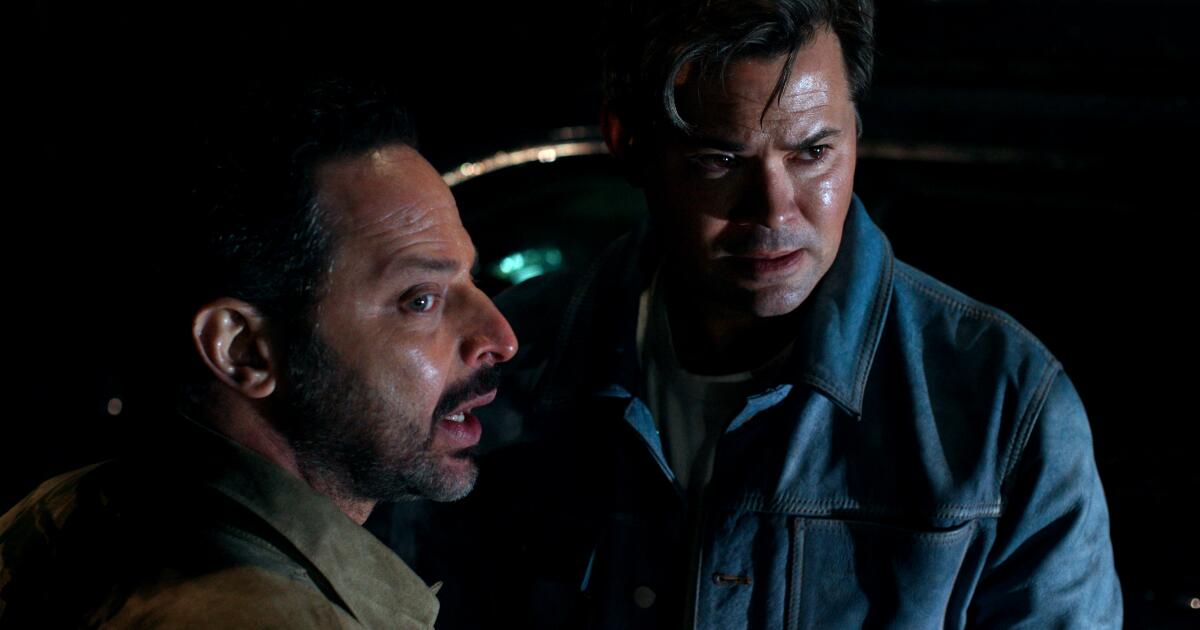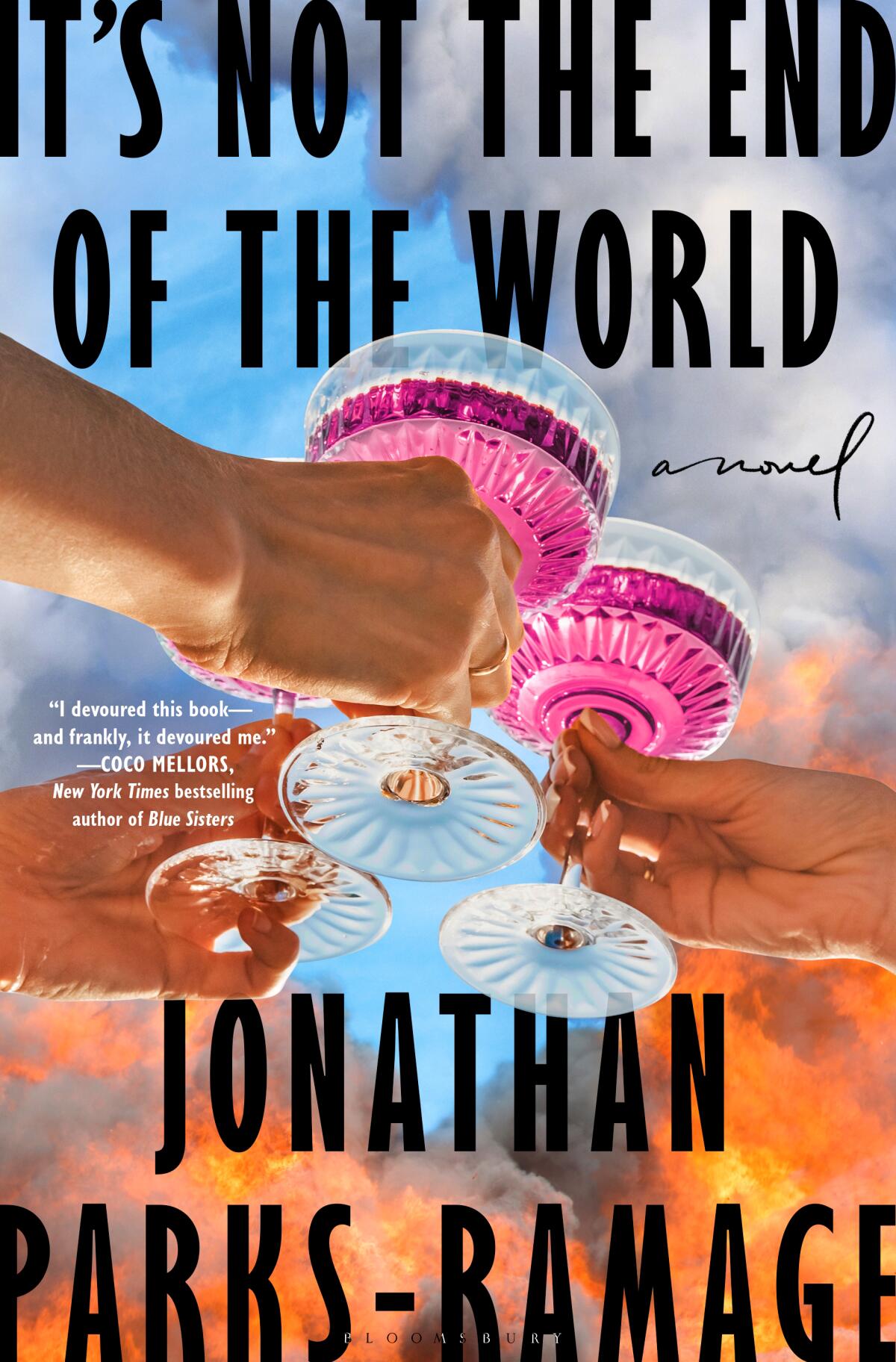‘Patience’ review: A quirky sleuth on the spectrum is on the case
Once upon a time, PBS was virtually the only portal through which British mysteries came to America. Jeremy Brett‘s peerless Sherlock Holmes, two flavors of Miss Marple, David Suchet as Hercule Poirot, Roy Marsden and Martin Shaw successively as Adam Dalgliesh, “Inspector Morse” and its prequel “Endeavour,” Michael Gambon in “Maigret,” Helen Mirren in “Prime Suspect,” “Rumpole of the Bailey,” “Foyle’s War,” the Benedict Cumberbatch contemporized “Sherlock,” Alec Guinness in John LeCarre’s “Tinker Tailor Soldier Spy,” “Wallander” with Kenneth Branagh — classics, all. With the rise of cable, as channels looked abroad for content, there was eventually competition for shows, and in the streaming environment, with BritBox and Acorn TV wholly devoted to bringing U.K. content to the U.S., there is even more.
Meanwhile, PBS, which used to run “Mystery!” under its own flag, now has it booked as part of “Masterpiece.” Yet it still nabs some genre gems, often with something conceptually extra, recently including the meta “Magpie Murders” and its sequel, “Moonflower Murders.” Now comes “Patience,” an ingratiating episodic series premiering Sunday, whose title character, played by Ella Maisy Purvis, is autistic (as is Purvis herself).
Adapted by Matt Baker from the French series “Astrid et Raphaëlle,” it stars Purvis as Patience Evans, a civilian clerk working in the seemingly uninhabited and endless archives of the York police department, where, by wheeling some shelves together, she has fashioned herself a little fortress of solitude in which she hides out with some pet mice. In the opening two-part episode, she detects a pattern linking a new and old murder, which brings her into the orbit of detective inspector Bea Metcalf (Laura Fraser), her juniors Jake Hunter (Nathan Welsh) and Will Akbari (Ali Ariaie) and their boss Calvin Baxter, played by Mark Benton, whom BritBox watchers will recognize from “Shakespeare & Hathaway: Private Investigators,” if considerably cleaned up and a little lighter.
While Bea sees the merits of bringing Patience into the investigation, Jake rejects her, both as an outsider and as “temperamentally unsuitable for this kind of work,” though — spoiler alert — he will come around. (It’s a friendly show.) “I don’t care if she’s autistic,” says detective Bea, “I just care if she’s right.” (She is — mostly.) For her part, Patience tells Bea, “Your deductive leaps of logic can be haphazard and your notes are cursory,” but she admires her clearance rate, the best in the country.
Whether diagnosed (or diagnosable) or not, the quirky sleuth has been a feature of detective fiction since Holmes first whipped out a magnifying glass. Fans and scholars have retrospectively diagnosed the character as being on the spectrum, and you can easily find essays and discussions as to whether Poirot’s fastidiousness at least borders on OCD. There are arguments pro and con, but some fraction of the neurodivergent community is happy to claim them as their own. In this century, television has given us “Monk,” “Bones,” “Professor T.” (also via PBS, and streaming from the website), the ongoing “Ludwig” and broadcast shows “Will Trent,” “Elsbeth” and “High Potential,” with heroes whose preternatural, if not pathological, focus amounts to a superpower. (Diane Kruger’s Det. Sonya Cross on FX’s “The Bridge,” is often held up as particularly true to life.) Of course, all fictional detectives, whether social, antisocial or introverted, tend to be superhuman to some degree, whatever personal challenges they might face, with a more original, more acute perception than their colleagues. That’s why we love them.
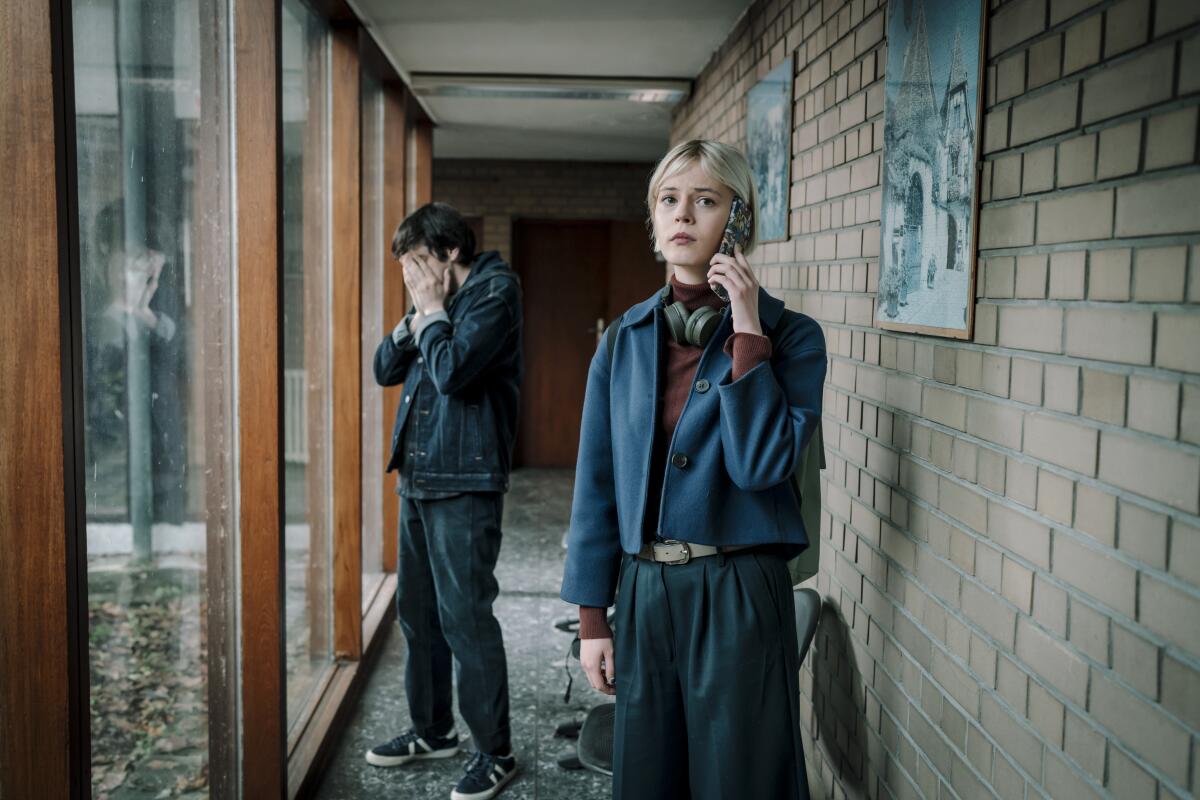
Billy Thompson (Connor Curren) leads an autism support group that Patience (Ella Maisy Purvis) attends.
(Eagle Eye Drama / Toon Aerts)
The opening episodes offer a primer in autism, conducted mainly by Patience’s godfather, retired Det. Douglas Gilmour (Adrian Rawlins), with whom she lives, and Billy Thompson (Connor Curren), who leads an autism support group. (Curren is also autistic.) If it’s a little on the money in terms of dialogue, it’s useful information given that many are aware of autism without knowing much about it — it shows up more on TV because it shows up more in the zeitgeist, and screenwriters are always looking for a new angle. (It’s especially welcome here, given the ignorant remarks of Robert F. Kennedy Jr., the current secretary of health, on the causes and experiences of autism.) Still, the neurotypical viewer might wonder how accurately the series portrays neurodivergence, and indeed, within the community, which is nothing like homogeneous, one finds a multiplicity of views. (The series has already shown in the U.K.) That Purvis, now 21 and diagnosed at 17, is herself autistic, suggests that, while she’s playing someone other than herself, the series is to some degree true to her own experience.
Patience carries two umbrellas in case one breaks. (It rains a lot in England, you know.) Building up to approaching Bea, she writes out what she wants to say in a conversational flow chart. She won’t cross a “police line, do not cross” tape unless ushered through and she jumps from an elevator as soon as it becomes too crowded (and exceeds its legal capacity). She’s incapable of small talk (“Are you just being polite or do you really want to know?” she asks Bea, when Bea asks how she is), but does point out that Bea’s socks are mismatched and tells cute forensic specialist Elliot Scott (Tom Lewis) that “Your surname’s a first name and your first name’s a surname,” though, to be picky about it, both names are first names and surnames. Still, it’s the beginning of something.
The mysteries are of the usual unusual sort common to cozy mysteries. (They can be a little sillier than they’re meant to, but it’s not fatal.) Why are apparently happy men killing themselves, on the fourth Friday of the month? One, set in a natural history museum, involves fossils; there’s a locked room mystery (with a mystery writer for a victim), which delights Patience, an Agatha Christie fan, and there’s a corpse that seemingly walks off a table in the morgue. Patience, who cannot resist an unsolved puzzle, is drawn reluctantly out of her shell, and Bea begins to notice things in her young son Alfie (an impressively individual Maxwell Whitelock) that remind her of Patience.
There are times when characters act less than reasonably, or less intelligently than their official position might indicate. If Patience is fast in making calculations and connections, the others can seem slow off the mark, and although everyone is on the case — in cop shows, teamwork typically makes the dream work — she makes the breakthroughs that lead to a solution. Of course, the very logic of the series demands she be invaluable, and in this regard, it’s no different from most mystery series, where one character is out ahead of everyone else in solving the crime.
Not everything makes perfect, or even imperfect, sense. But as always, the plots are there almost as a pretext to spend time with the characters, and the whole cast is good company. But Purvis especially, in spite of Patience’s self-containment, radiates quiet charisma — new-star power. A second season, happily, is already on the cards.
